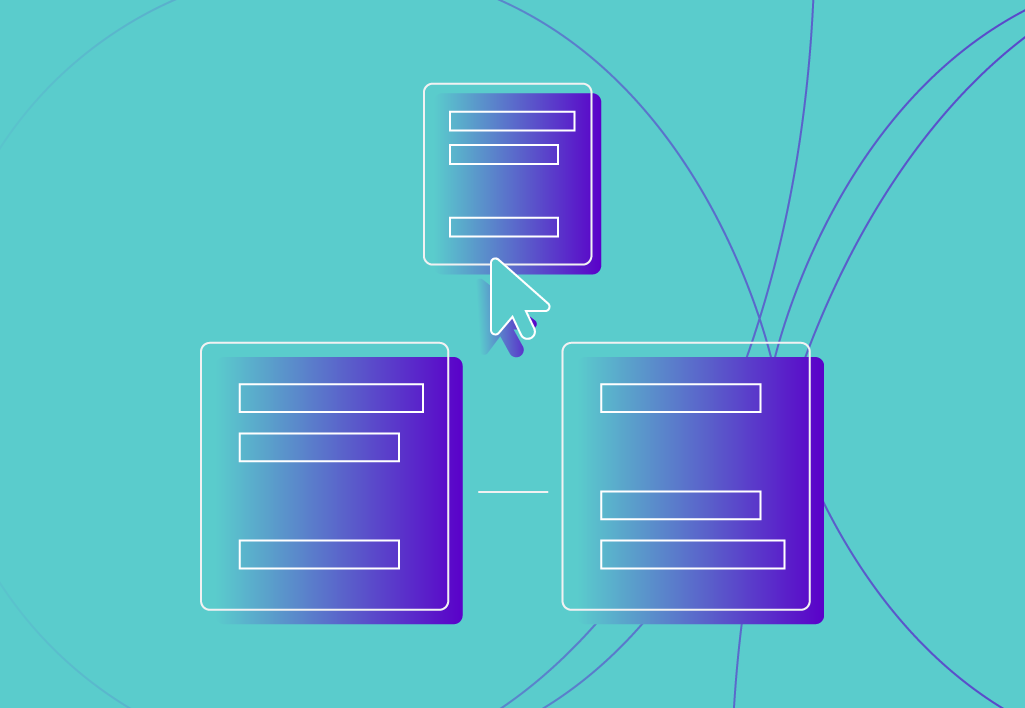
How Does Split Testing Work in Paid Social Advertising?

Paid social advertising has become an important part of a business’s marketing plan to help remain competitive. Due to the large user volumes, you don’t want quantity, you want quality. You should never let ads run and hope for the best. To maximise the return on investment (ROI) for your social ad campaigns, it’s imperative to deploy strategies like split testing. In this blog, we’ll discover the best practices, how split testing works, and how it can significantly improve the performance of your campaigns.
At Embryo, we understand the significance of staying ahead in the digital marketing game, which is why we embrace the power of split testing along with other marketing strategies. If you want to take your business to the next level, contact our award-winning social team or get in touch by phone at 0161 327 2635 or email info@embryo.com and we’ll be happy to help.
What is a Split Test?
Split testing, also known as A/B testing, is a method used in digital marketing to compare two or more versions of a specific element within a campaign. The goal is to determine which version performs better so you can later optimise performance by making data-driven decisions. In paid social, these elements can include ad copy, images, headlines, calls to action, audience targeting, and even landing pages. A split test can run anywhere from two weeks to even months! It depends on a variety of different factors, such as budgets, seasonality, etc on how long you should run these for.
How to Set up a Split Test
Setting up a split test requires careful planning and execution. Below, tells you everything you need to know about setting up a split test:
Identify Variables:
Before beginning a split test, it’s essential to identify the variables you want to test. These variables could be anything within your ad campaign that might influence its performance. Common variables include ad copy, images or videos, headlines, audiences, ad placement and objectives.
Creating variations: Once you’ve decided on the variables to test, you’ll need to create multiple variations for each of them. For example, if you’re testing ad copy, you might prepare two or more different headlines and descriptions. These campaigns will be run alongside each other at the same time, and after an agreed-upon period, you will pause the worse-performing audience.
Traffic allocation: In a split test, the incoming traffic is randomly divided among the different variations. For example, if you’re testing ad copy, half of your audience might see “Version A,” while the other half sees ” Random allocation ensures that the results are unbiased which will make your results valid.
Selecting test elements: The effectiveness of your split test relies heavily on the elements you choose to test. Here are some common elements to consider:
- Ad Copy: Test different headlines, descriptions, and messaging.
- Images or Videos: Experiment with various visuals to find what resonates with your audience.
- Audience Segmentation: Try different demographic, geographic, or interest-based targeting options.
- Ad Placement: Test which placements perform better, such as Facebook news feed, Instagram stories, or other options.
- Ad Scheduling: Evaluate the best times and days for your campaigns.
Statistical Significance
Statistical significance indicates how likely it is that a marketing campaign was directly responsible for its behaviour. It’s essential to ensure that your results are not coincidences / a fluke. Below, you can see barriers on how to overcome them:
Sample size: The larger the sample size, the more accurate your results will be. Ensure that your test runs long enough to gather a sufficient amount of data.
Confidence level: Set a predetermined level of confidence (often 95% or 99%) to determine the statistical significance of your results.
Statistical tools: Use statistical tools and calculators to analyse your data and identify the winning variation. These tools help you determine if the differences in performance are statistically significant.
Implementing Changes
Once you’ve collected enough data and decided on the winning variation. It’s time to implement the changes when setting the new variation live. You should consider:
Apply the winner: Use the most effective ad copy, image, or targeting strategy across all your future social advertising campaigns.
Monitor results: Continue to monitor the performance of your ads. Don’t forget, that audiences are forever changing, Remember to never get complacent and always continue to run A/B tests as you always want to get the best results possible.
Best Practices and Tips
To make the most of split testing in your paid social advertising campaigns, consider these best practices:
- Clearly define your goals: Before starting a split test, establish clear objectives. What is your KPI? Are you aiming to increase website traffic, generate leads, or boost sales? Knowing your goals will help you choose which variables to test.
- Run tests one at a time: To avoid confusion and maintain data accuracy, it’s best to test one variable at a time. When testing ad copy, keep all other elements consistent; otherwise, it will skew the results, and you won’t know exactly what has caused the change.
- Allow sufficient time: Ensure you run your split tests for a reasonable amount of time so you can collect enough data. A few days might not be enough; you may need weeks or even months, depending on your audience size.
- Use reliable split testing tools: Various tools and platforms can help you set up and manage split tests in your paid social advertising campaigns.
- Segment your audience: To make your split testing even more effective, segment your audience based on factors like location, age, and interests to allow a more refined targeting approach.
Split testing is an invaluable strategy that can help you refine your campaigns, reduce ad spend, and ultimately drive better results for your account. By systematically testing and optimising various elements of your ads, you can make data-driven decisions that can help you improve your ROI. Remember, success in paid social advertising is not just about how much you spend but also about how much money you get back (ROAS). Split testing is one of the keys to achieving maximum efficiency. So, don’t leave your ad campaigns to chance; start split testing today, and watch your account experience record-breaking results.
If you’d like to learn how Embryo can take your Paid Social campaigns to the next level, please get in touch with our award-winning paid social team or email us today at info@embryo.com.


